Key Concepts in Statistics and Experimental Design
1/275
There's no tags or description
Looks like no tags are added yet.
Name | Mastery | Learn | Test | Matching | Spaced |
|---|
No study sessions yet.
276 Terms
Histogram
fairly symmetrical, unimodal
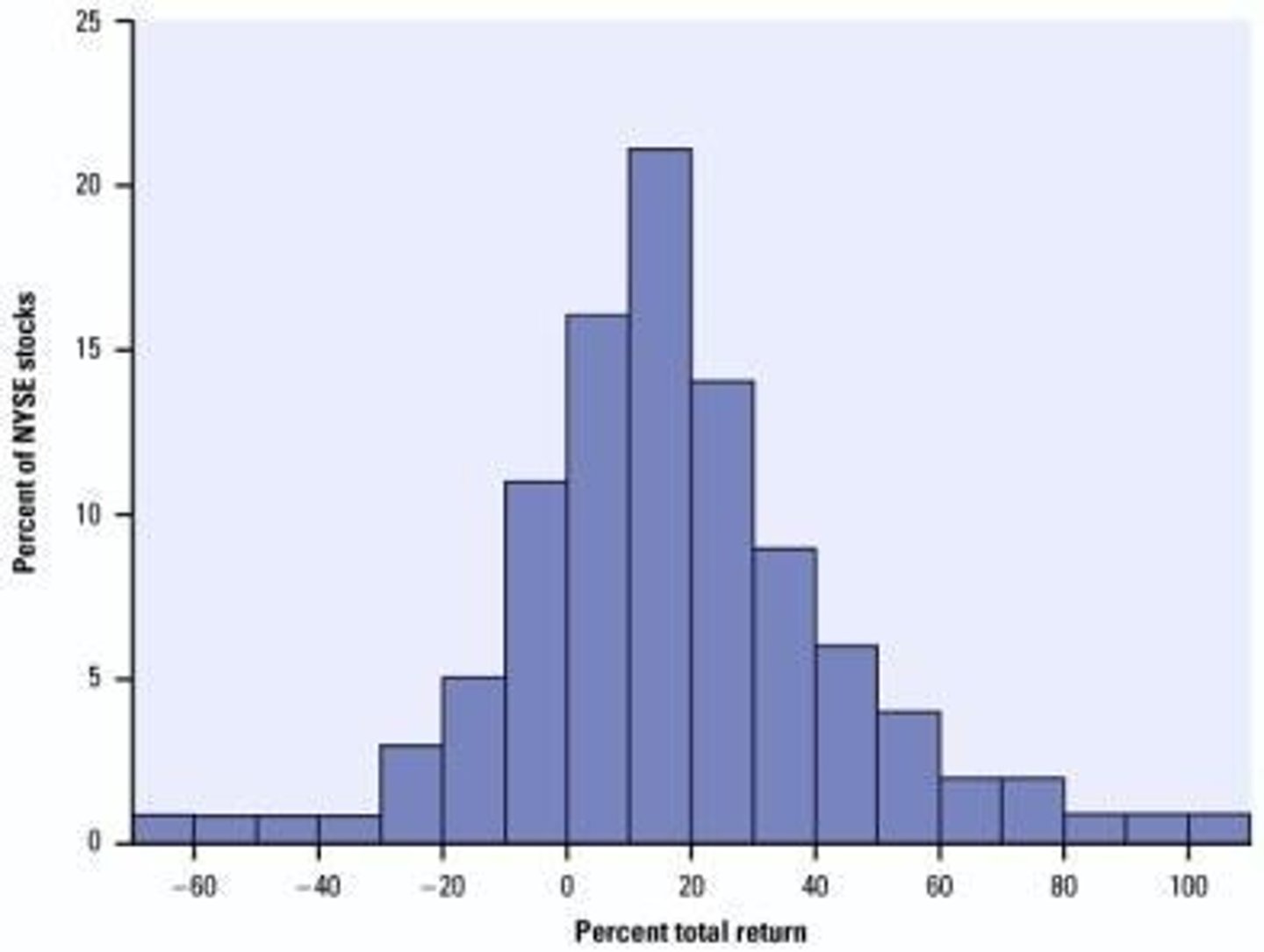
Linear transformation - Addition
affects center NOT spread; adds to M, Q1, Q3, IQR
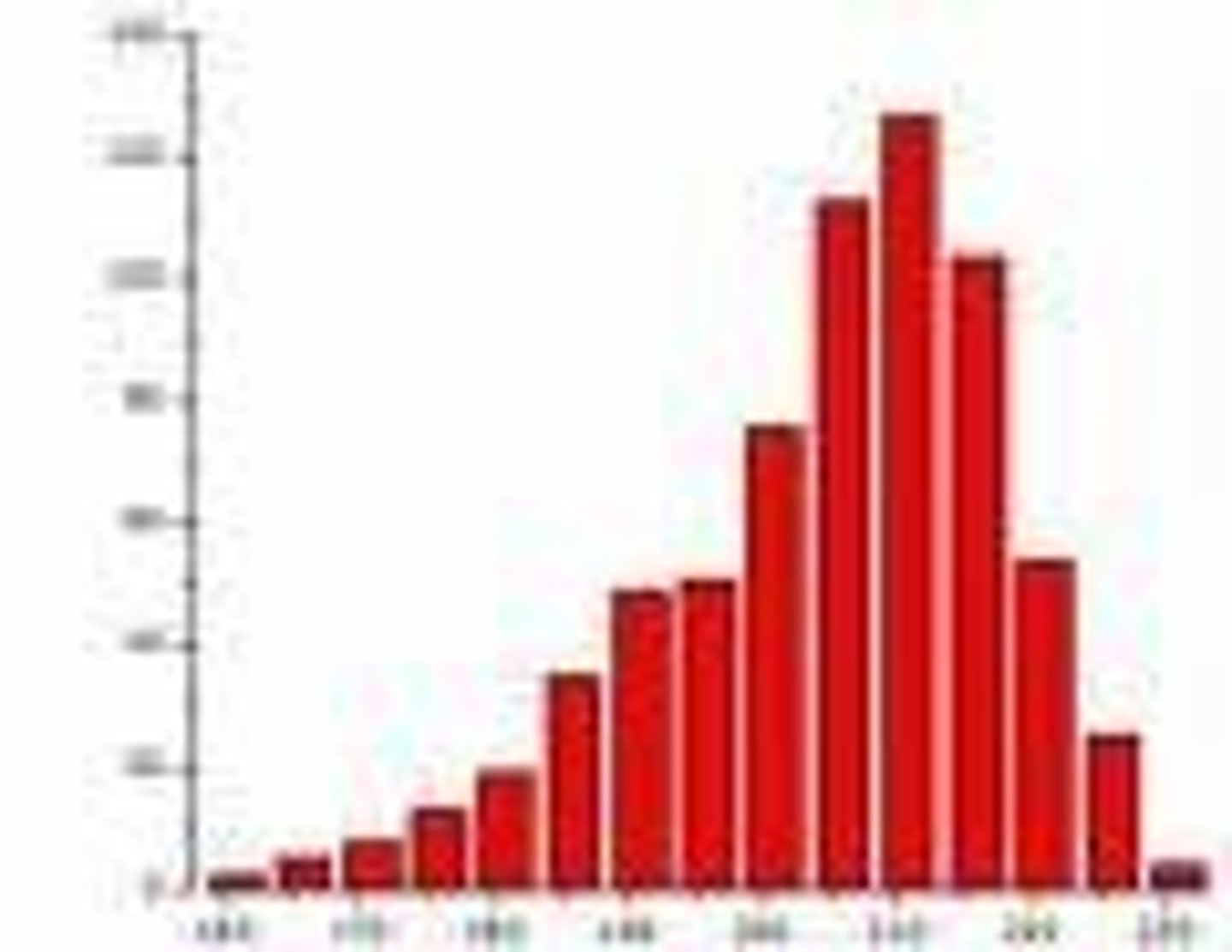
IQR
Q3 - Q1
Test for an outlier
1.5(IQR) above Q3 or below Q1
Describing data
describe center, spread, and shape.
5 number summary
or mean and standard deviation when necessary.
Linear transformation - Multiplication
affects both center and spread; multiplies M, Q1, Q3, IQR, σ
Skewed left
A distribution where the left tail is longer than the right.
Skewed right
A distribution where the right tail is longer than the left.
Ogive
cumulative frequency
Boxplot
A graphical representation of data that shows the distribution based on a five-number summary.
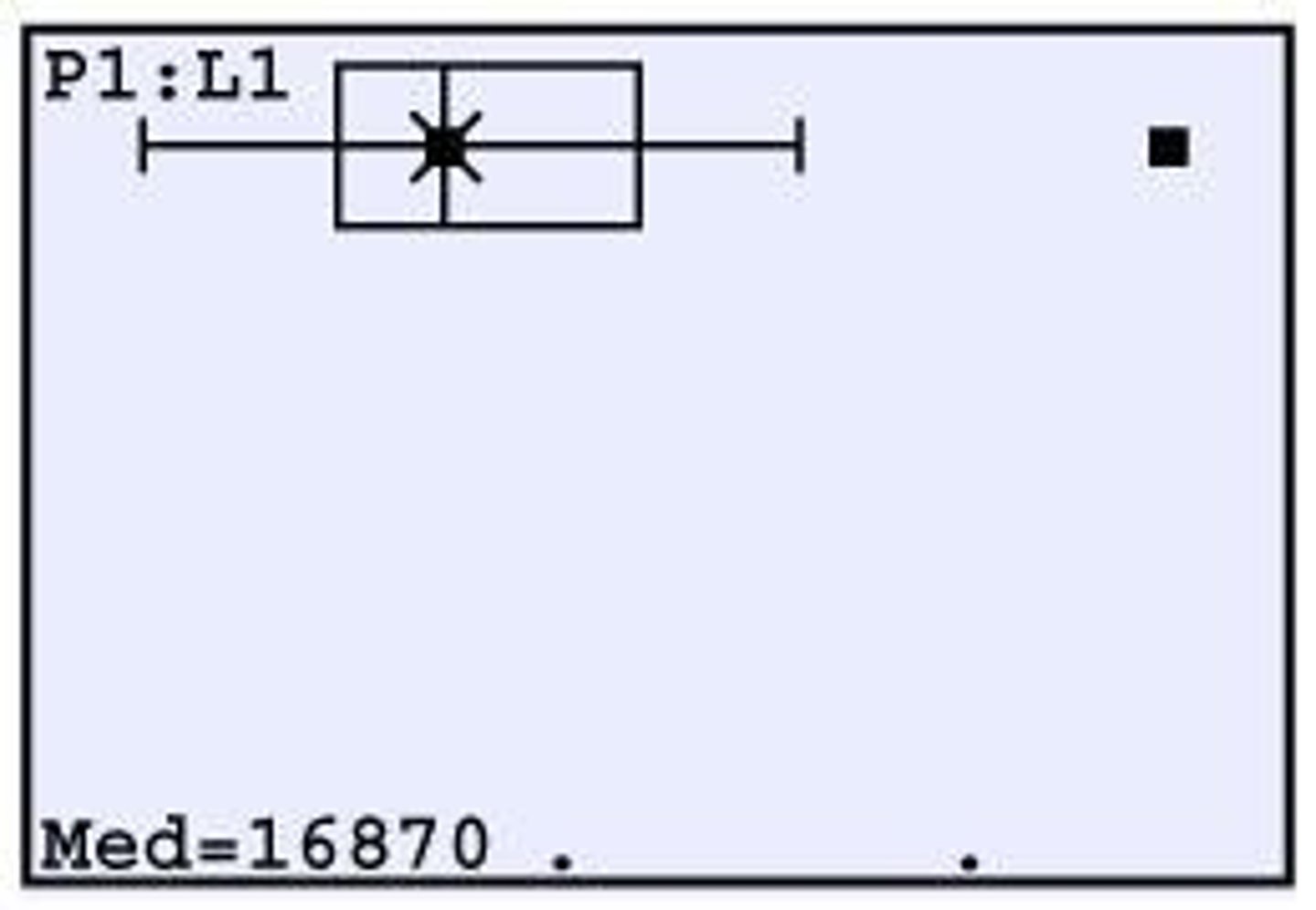
Stem and leaf
A method of displaying quantitative data in a graphical format.
Normal Probability Plot
A graphical technique for assessing whether or not a data set follows a normal distribution.
r: correlation coefficient
The strength of the linear relationship of data; close to 1 or -1 is very close to linear.
r2: coefficient of determination
How well the model fits the data; close to 1 is a good fit.
80th percentile
Means that 80% of the data is below that observation.
Standard deviation from the mean
HOW MANY STANDARD DEVIATIONS AN OBSERVATION IS FROM THE MEAN
68-95-99.7 Rule for Normality
Describes the percentage of data within one, two, and three standard deviations from the mean.
Exponential Model
y = abx; take log of y
Power Model
y = axb; take log of x and y
Explanatory variables
explain changes in response variables; EV: x, independent; RV: y, dependent.
Lurking Variable
A variable that may influence the relationship between two variables; LV is not among the EV's.
Residual
observed - predicted
Slope of LSRL(b)
rate of change in y for every unit x
y-intercept of LSRL(a)
y when x = 0
Confounding
two variables are confounded when the effects of an RV cannot be distinguished.
Regression equation
The regression equation is: y = a + bx
Predicted fat gain
Predicted fat gain is 3.5051 kilograms when NEA is zero.
Moderate, negative correlation
r = -0.778; correlation between NEA and fat gain.
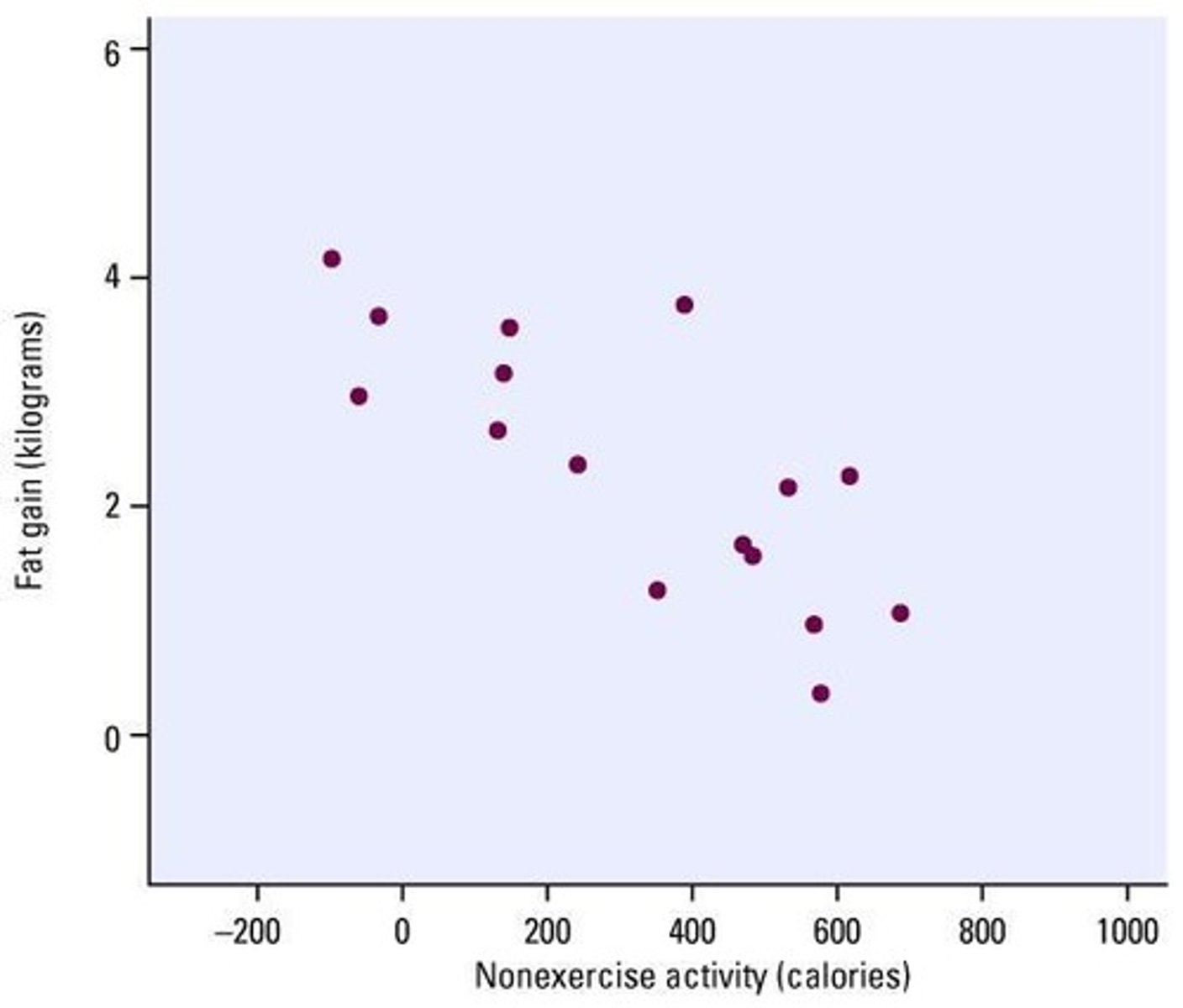
Coefficient of determination
r2 = 0.606; 60.6% of the variation in fat gained is explained by the Least Squares Regression line on NEA.
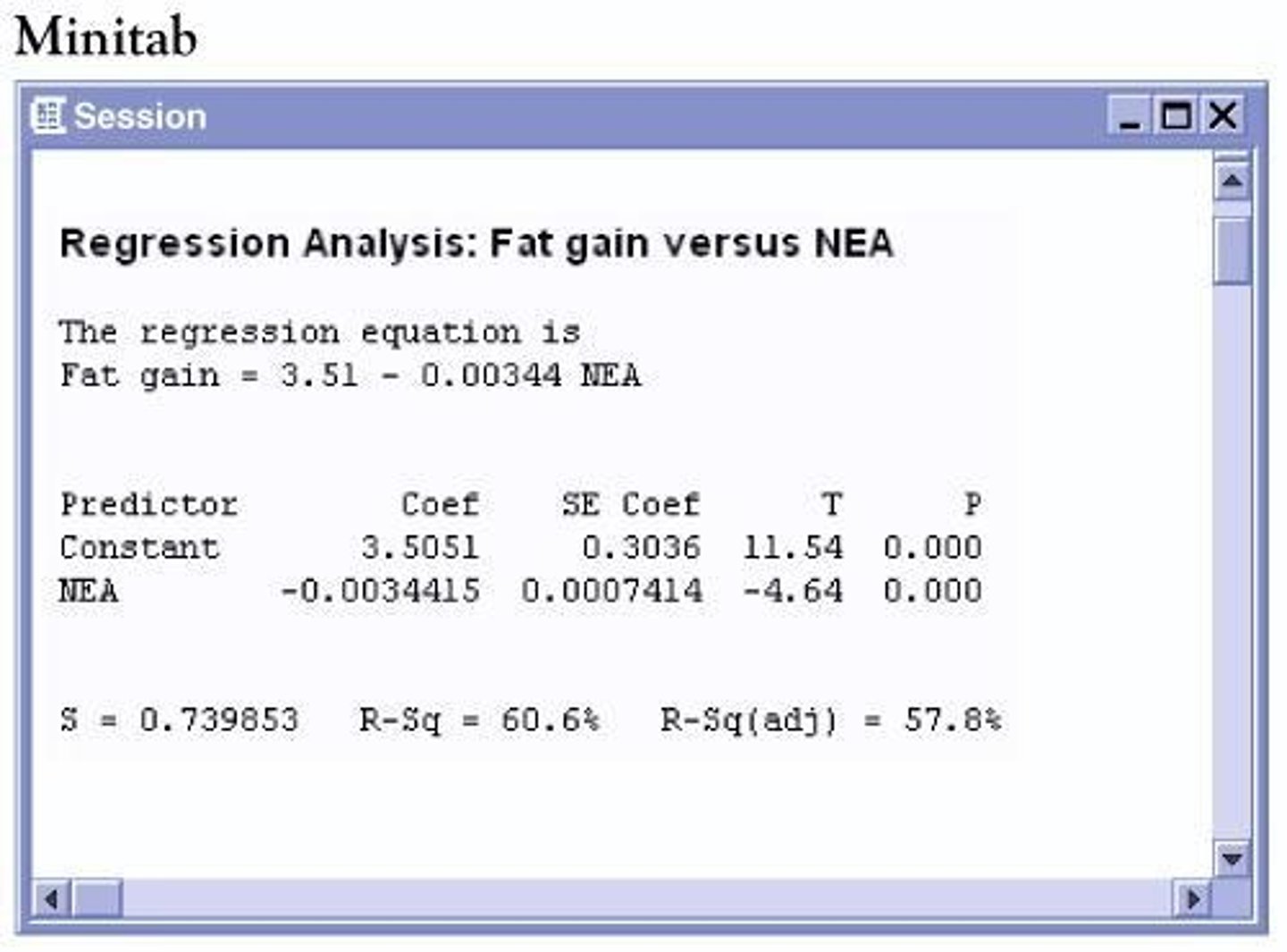
Residual plot
shows that the model is a reasonable fit; there is not a bend or curve.
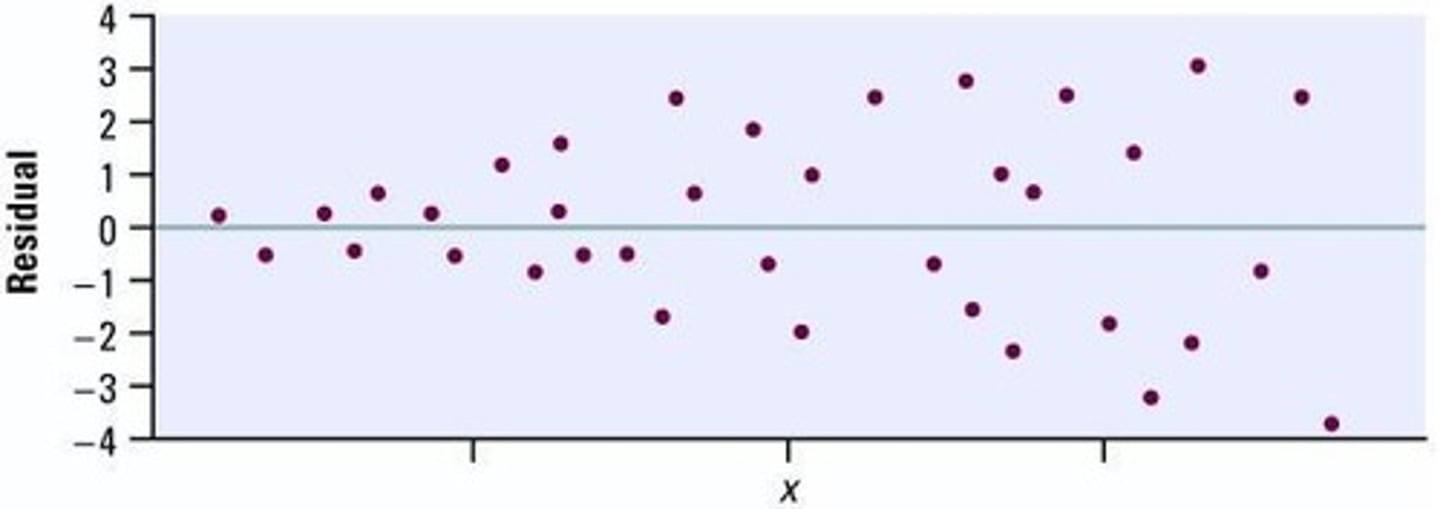
Extrapolation
Predicting outside the range of our data set.
Confidence interval for the slope
Construct a 95% Confidence interval for the slope of the LSRL of IQ on cry count.
t
A statistic used in regression analysis, with a value of 3.07.
p
The p-value in regression analysis, with a value of 0.004.
s
The standard deviation of the residuals, with a value of 17.50.
Voluntary sample
A sample made up of people who decide for themselves to be in the survey.
Example of voluntary sample
Online poll.
Convenience sample
A sample made up of people who are easy to reach.
Example of convenience sample
Interview people at the mall or in the cafeteria.
Simple random sampling
A method in which all possible samples of n objects are equally likely to occur.
Example of simple random sampling
Assign a number 1-100 to all members of a population of size 100 and select the first 10 without repeats.
Stratified sampling
A method where the population is divided into groups based on some characteristic, and SRS is taken within each group.
Example of stratified sampling
Dividing the population into groups based on geography and randomly selecting respondents from each stratum.
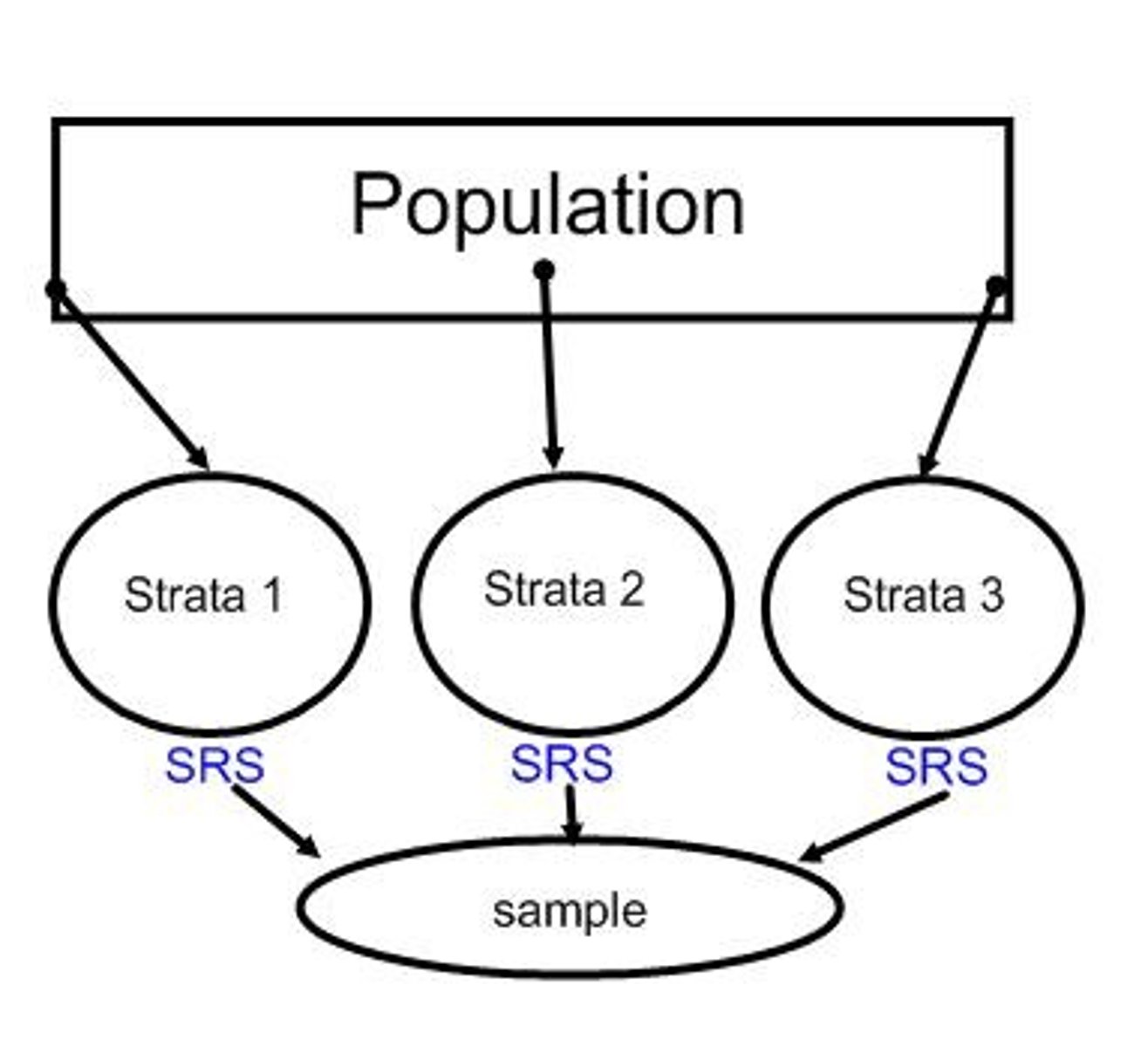
Cluster sampling
A method where every member of the population is assigned to one group, and a sample of clusters is chosen using SRS.
Example of cluster sampling
Randomly choosing high schools in the country and surveying only people in those schools.
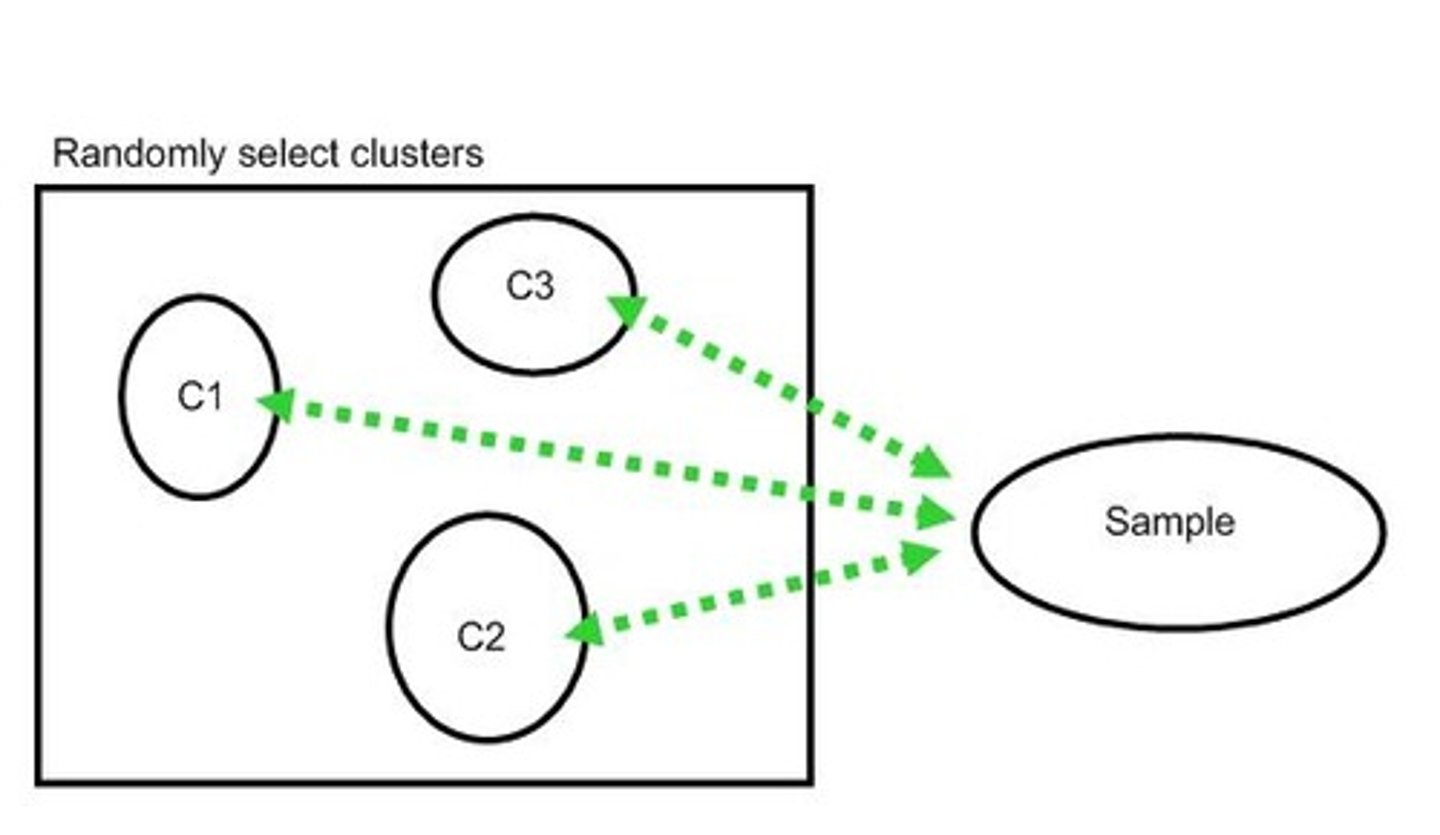
Difference between cluster sampling and stratified sampling
Stratified sampling includes subjects from each stratum, while cluster sampling includes subjects only from sampled clusters.
Multistage sampling
A method that uses combinations of different sampling methods.
Example of multistage sampling
Using cluster sampling to choose clusters and then simple random sampling to select subjects from each chosen cluster.
Systematic random sampling
A method where a list of every member of the population is created, and every kth subject is selected.
Example of systematic random sampling
Select every 5th person on a list of the population.
Experimental Unit or Subject
The individuals on which the experiment is done.
Factor
The explanatory variables in the study.
Level
The degree or value of each factor.
Treatment
The condition applied to the subjects.
Control
Steps taken to reduce the effects of other variables, called lurking variables.
Control group
A group that receives no treatment.
Placebo
A fake or dummy treatment.
Blinding
Not telling subjects whether they receive the placebo or the treatment.
Double blinding
Neither the researchers nor the subjects know who gets the treatment or placebo.
Randomization
The practice of using chance methods to assign subjects to treatments.
Replication
The practice of assigning each treatment to many experimental subjects.
Bias
When a method systematically favors one outcome over another.
Completely randomized design
With this design, subjects are randomly assigned to treatments.
Randomized block design
The experimenter divides subjects into subgroups called blocks. Then, subjects within each block are randomly assigned to treatment conditions.
Matched pairs design
A special case of the randomized block design used when the experiment has only two treatment conditions; subjects can be grouped into pairs based on some blocking variable.
Simple Random Sample
Every group of n objects has an equal chance of being selected.
Stratified Random Sampling
Break population into strata (groups) then take an SRS of each group.
Cluster Sampling
Randomly select clusters then take all members in the cluster as the sample.
Systematic Random Sampling
Select a sample using a system, like selecting every third subject.
Counting Principle
If Trial 1 has a ways, Trial 2 has b ways, and Trial 3 has c ways, then there are a x b x c ways to do all three.
Independent events
A and B are independent if the outcome of one does not affect the other.
Mutually Exclusive events
A and B are disjoint or mutually exclusive if they have no events in common.
Conditional Probability
For Conditional Probability use a TREE DIAGRAM.
P(A)
0
P(B)
0
P(A ∩B)
0
P(A U B)
0.3 + 0.5 - 0.2 = 0.6
P(A|B)
0.2/0.5 = 2/5
P(B|A)
0.2 /0.3 = 2/3
Binomial Probability
Look for x out of n trials with success or failure, fixed n, independent observations, and p is the same for all observations.
P(X=3)
Exactly 3, use binompdf(n,p,3).
P(X≤ 3)
At most 3, use binomcdf(n,p,3) (Does 3,2,1,0).
P(X≥3)
At least 3 is 1 - P(X≤2), use 1 - binomcdf(n,p,2).
Normal Approximation of Binomial
For np ≥ 10 and n(1-p) ≥ 10, the X is approx N(np, σ²).
Geometric Probability
Look for the number of trials until the first success.
Discrete Random Variable
Has a countable number of possible events (e.g., Heads or tails, each .5).
Continuous Random Variable
Takes all values in an interval (e.g., normal curve is continuous).
Law of large numbers
As n becomes very large, the sample mean will converge to the expected value.
P(X=n)
p(1-p)^(n-1) for trials until first success.
P(X > n)
(1 - p)^n = 1 - P(X ≤ n).
Sampling distribution
The distribution of all values of the statistic in all possible samples of the same size from the population.
Central Limit Theorem
As n becomes very large the sampling distribution for is approximately NORMAL.
Use (n ≥ 30) for CLT
Indicates the sample size required to apply the Central Limit Theorem.
Low Bias
Predicts the center well.
High Bias
Does not predict center well.
Low Variability
Not spread out.
High Variability
Is very spread out.
Type I Error
Reject the null hypothesis when it is actually True.
Type II Error
Fail to reject the null hypothesis when it is False.